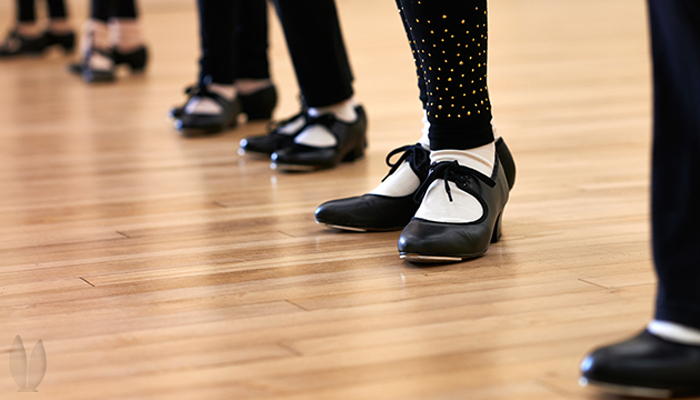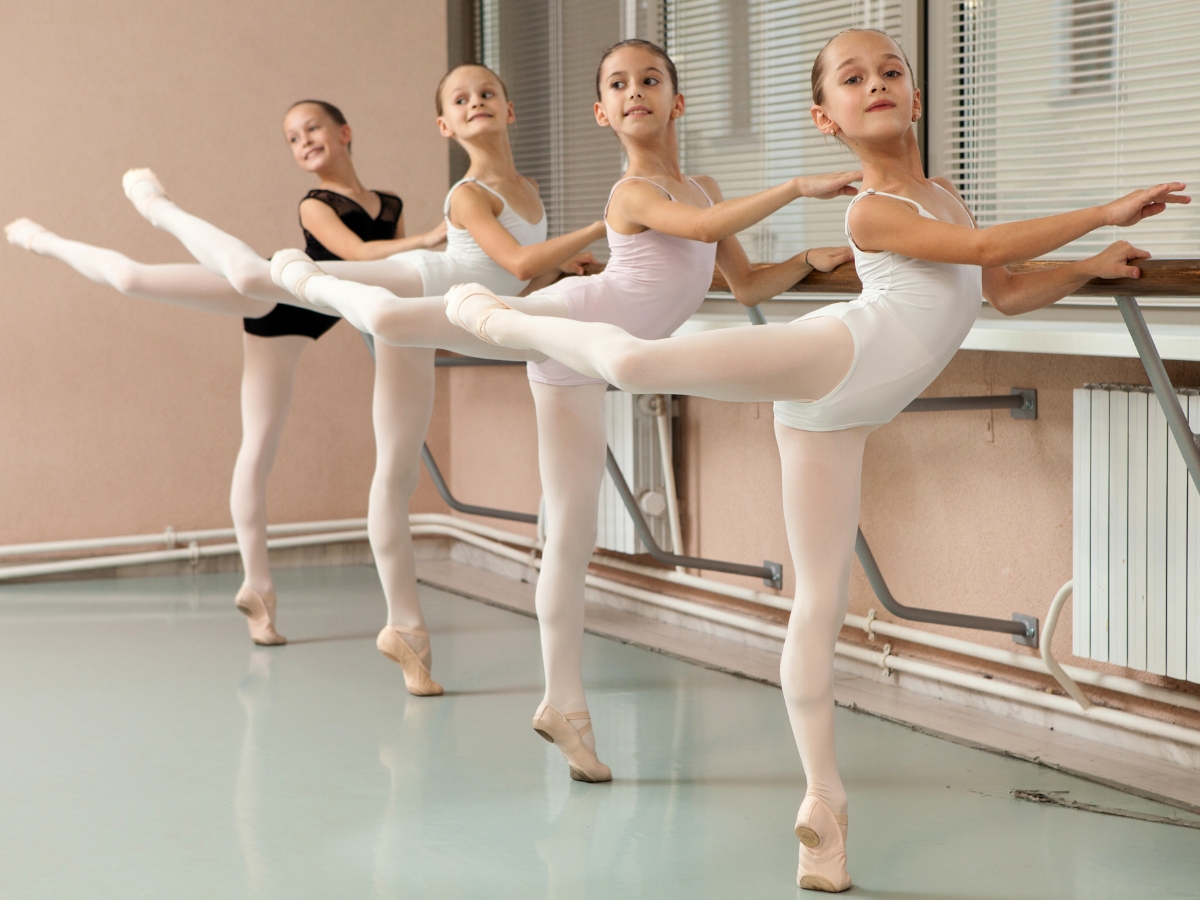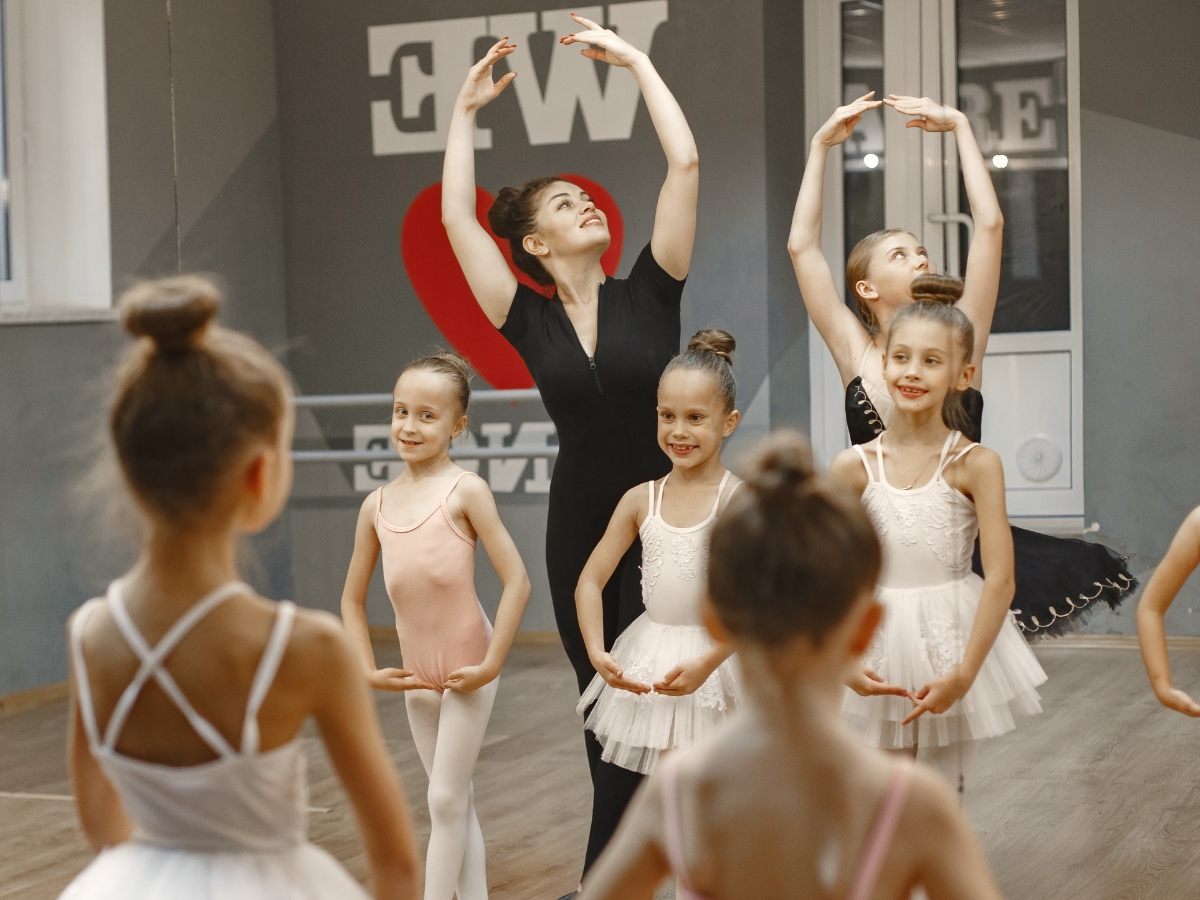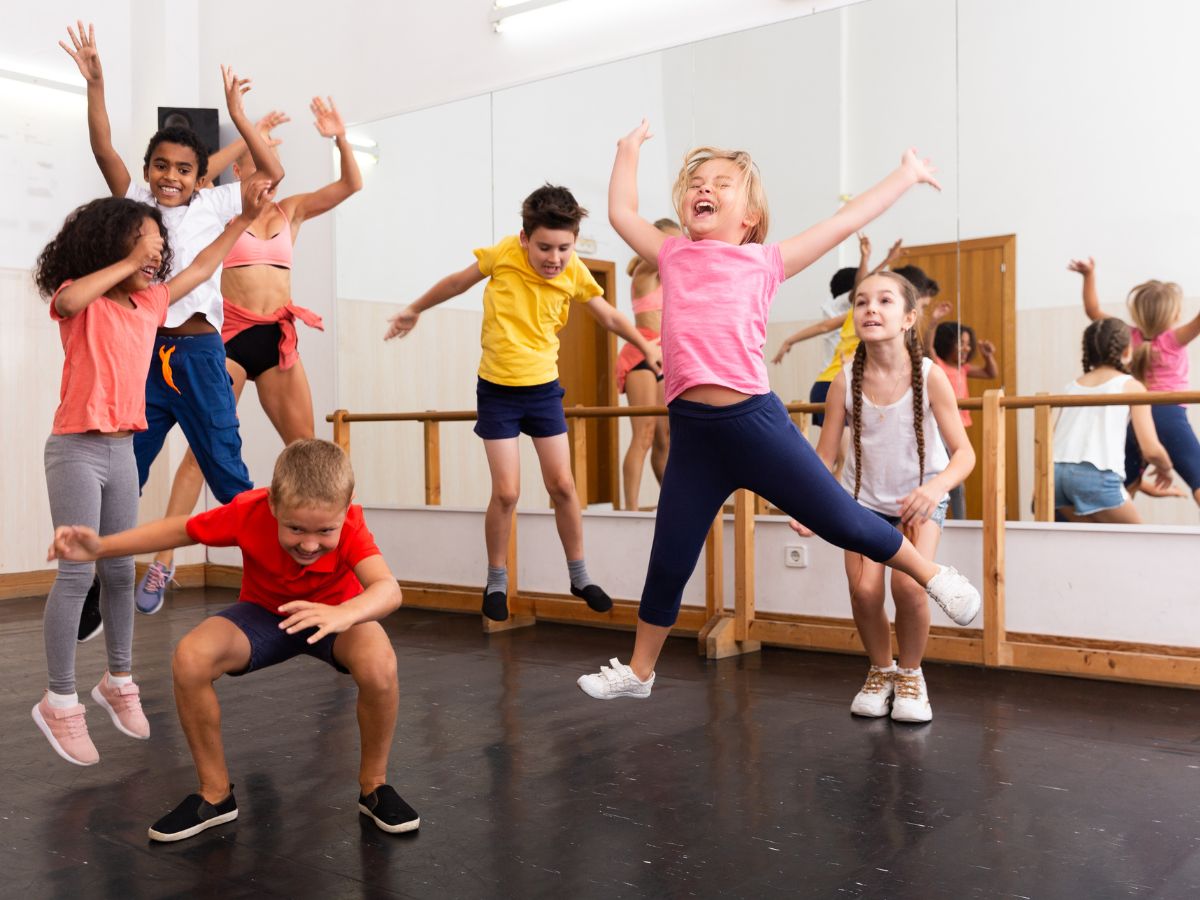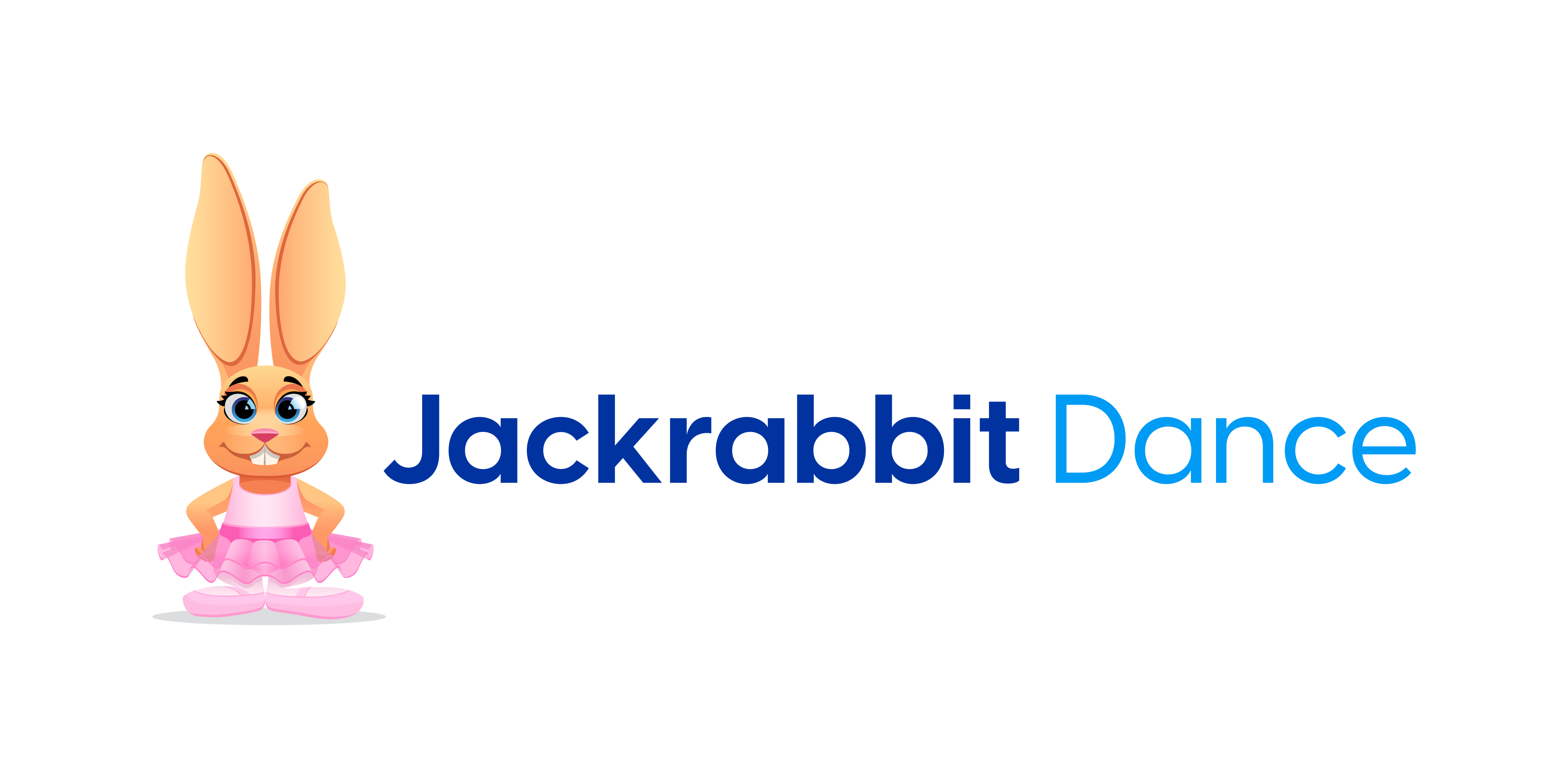Did you celebrate National Tap Dance Day on May 25th? The date really isn’t good timing with competition season in full swing and recitals taking place but it marks the birthday of Bill “Bojangles” Robinson who was a very famous tap dancer in the 1930s and helped to define Vaudeville’s style.
Today Tap is cool. There are touring shows like “Tap Dogs” that are wildly popular within and outside of the dance community and have put Tap in the limelight and sparked more interest in learning Tap in adults and children. The American Tap Dance Foundation was established in the 80s with a commitment to the legitimization of Tap Dance as a vital component of American Dance. The ATDF has several programs that promote many styles of Tap and offer the Tap experience to children.
And Tap is a great dance form to learn. It combines a love of dance, music and performance. Tap dancing is a discipline that teaches the dancer about choreography, improvisation and syncopation. While it may sound complicated, it really isn’t. It does, however, require practice and skill to master it.
By definition, Tap dance uses the sound of a metal tap that is on dancers shoes heel and toe (on the floor or other surfaces) to “make its music.” There are both rhythm and Broadway Tap Dances. Rhythm focuses more on the musicality of dance and Broadway’s focus is more strictly on the dance.
Tap dancing can be done as a solo or group performance with or without music since Tap dancers can contribute to music or create their own. Groups have to work diligently together to match their steps and sounds with one another in performance. More difficult, complicated moves have high performance value and complicate group performance dynamics even more.
One style of tap dancing doesn’t even require taps on the shoes – the Soft-Shoe – is purely a rhythm form of tap dancing. Rhythm is generated by tapping of the feet, but also uses sliding of the feet sometimes enhanced by scattering sand on the stage and sliding if the feet more often that in modern rhythm tap. The Soft-Shoe preceded what is currently considered to be modern tap but its popularity declined after more styles of tap dancing emerged.
Tap dancing as we know it today actually grew out of Irish stepdancing (which is still taught today) or clogging. It is believed that Tap actually started in the mid 1800s by minstrel troupes. These groups disappeared about the same time that Vaudeville became popular. Bill “Bojangles” Robinson danced his way into people’s hearts starring in many Shirley Temple movies as Vaudeville took shape.
During the 1930s, tap dancing mixed with the Lindy Hop and developed into jazz dancing. This means that tap and jazz dancing have lots of history in common, but jazz became a dance type of its own and boasted such well-known dancers as Arthur Duncan and Tommy Tune by the 60s and 70s.
In the 1979 a PBS documentary “No Maps on My Taps” sparked the revival of Tap which increased even more with the emergence of Gregory Hines – one of the most legendary tap dancers of all time – whose efforts resulted in the establishment of National Tap Day and whose passion for legitimizing Tap continues through ATDF programs. Tap dance popularity reached a fever pitch with the debut of the animated movie “Happy Feet” in 2006.
Famous actors Fred Astaire and Gene Kelly are probably names most associated with Tap. But their style was more of a ballroom style of Tap dancing. They each had enduring careers and are legendary by today’s standards as dancers, choreographers and actors.
In the 1979 a PBS documentary “No Maps on My Taps” sparked the revival of Tap which increased even more with the emergence of Gregory Hines – one of the most legendary tap dancers of all time – whose efforts resulted in the establishment of National Tap Day and whose passion for legitimizing Tap continues through ATDF programs. Tap dance popularity reached a fever pitch with the debut of the animated movie “Happy Feet” in 2006.
Today, famous Tap dancers like Savion Glover, Sarah Reich, Brenda Bufalino, Melinda Sullivan and The Clark Brothers are carrying the Tap dancing mantle into the future. Learning Tap is popular among children who carry their enthusiasm for Tap into careers. Tap’s popularity has produced international level competitions such as the World Tap Dance Championships produced by IDO (the International Dance Organization).
Source: Wikipedia, American Tap Dance Foundation, International Dance Organization
